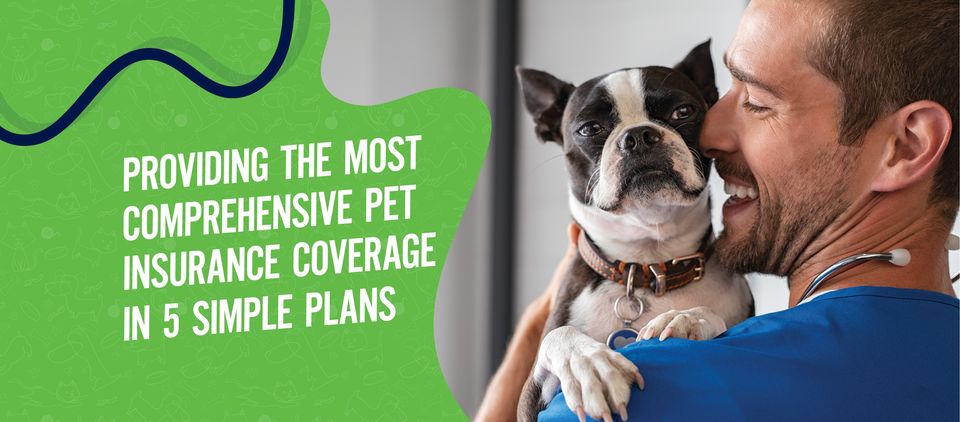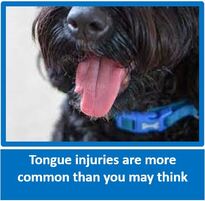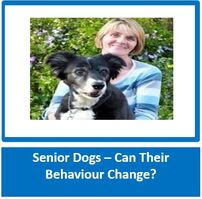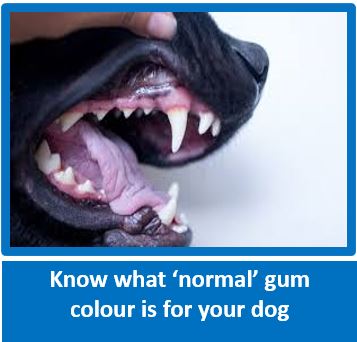Is your dog a picky eater or has gone off its food?
Scotty Valadao - Friends of the Dog - Canine Behaviourist
Scotty Valadao - Friends of the Dog - Canine Behaviourist
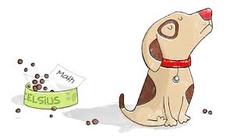
When a dogs behaviour changes, the first thing we ask is why? Behaviour changes do not occur in a vacuum, there is always a reason, we may just not have realized what the reason is!
If your dog is normally a good eater and suddenly becomes picky or does not want to eat, the first thing to establish is whether or not the cause is physical. If there is any suggestion at all of a physical component then a visit to the vet should happen immediately, as a dog not eating could be a sign of illness, including infections, liver problems, kidney problems and in the extreme, even various cancers. My own vet always says, ‘if in doubt, check it out’ and a good policy to have.
If your dog is normally a good eater and suddenly becomes picky or does not want to eat, the first thing to establish is whether or not the cause is physical. If there is any suggestion at all of a physical component then a visit to the vet should happen immediately, as a dog not eating could be a sign of illness, including infections, liver problems, kidney problems and in the extreme, even various cancers. My own vet always says, ‘if in doubt, check it out’ and a good policy to have.
Some things to think about in addition to the dog not wanting to eat?
Another aspect is that after our dogs have been ill, they may be hungry, but not hungry enough to eat a full meal. Try to split the daily allowance and give 3 to 4 times a day while the dog is recovering. If in doubt, as above, speak to your vet.
- Has your dog lost weight or put on a lot of weight recently?
- Is there any vomiting or diarrhoea?
- Is your dog’s behaviour different than usual? Perhaps the dog seems very lackadaisical and not his usual bouncy self – does your dog who loves to be around you wants to go and lie by himself.
- Has your dog recently had a vaccination? Vaccinations can save our dogs from some terrible diseases such as Parvo, Distemper etc, however some dogs tend to go off their food after a vaccination.
- Does the inside of your dog’s mouth look normal? See if there are any teeth that don’t look good, any foreign objects, any sores or cysts – have a look at the gums as well and see what colour. It is always a good idea to know what the inside of your dog’s mouth looks like, including the colour of the gums. Determine if there is a bad breath at the same time. Your dog should have his teeth brushed a few times a week and this is the ideal time to examine the mouth and perhaps pick up any potential problems before they get worse. Toothache for dogs is just as bad for humans except they can’t phone the dentist themselves! We have put in an article below on dogs gums to give you more information.
- Also have a good look over the whole body for any sign of sores that could have become infected – especially is the dog is licking or worrying at any part of its body.
- Where our golden oldies are concerned, perhaps there is pain in the body. Remember that many dogs do not show pain unless no option. Gently stroke all over your dog’s body and look for any signs from the dog that it may be uncomfortable such as moving away from you at some place in the body, suddenly sitting down as you get close to the hip area, lip licking when at an area. Just make a note to see if this happen for your vet – this could be helpful in letting the vet know where exactly to look.
- Is your dog battling to climb stairs, lie down etc. This could also be an indication of pain in some part of the body.
Another aspect is that after our dogs have been ill, they may be hungry, but not hungry enough to eat a full meal. Try to split the daily allowance and give 3 to 4 times a day while the dog is recovering. If in doubt, as above, speak to your vet.
If medical concerns have been ruled out, then think about below
- Are you perhaps putting out too much food for your dog? The Guidelines on dog food are just that – guidelines. Each and every dog is different, and will have different requirements often based on energy levels – if your dog has high energy levels, chances are that he will eat more than a dog that tends to be more of a couch potato - if your dog is overweight, cutting the daily allowance and increasing his exercise, may will increase his appetite, plus, he will be healthier - do discuss with your vet as they often have a weight clinic at their rooms and you will get the help and guidance your need.
- Have you just moved to a new house or have your dog on holiday with you? Some dogs do not like eating in new locations until they feel more settled.
- If a car or plane trip has been involved it could be that the dog has a degree of motion sickness.
- Has something new happened in the home at all? It could be the arrival of a new pet or even person – somebody going into hospital or being ill or similar situations. With some dogs events like these can cause them to go off their food.
- Many dog that are picky eaters have a degree of separation anxiety, and these are the dogs that will not eat if their people are out, and many have trained their owners to feed them by hand. If you suspect that your dog may have separation anxiety, do get hold of a qualified behaviourist who will assist you, and they will also be able to give you advice of the picky eating. There is a link above which will help you to determine if your dog has a degree of separation anxiety.
Other possible reasons and solutions.
Most importantly, don’t stress around your dog or pay attention to the non-eating or being a picky eater as this is very likely to increase the behaviour you don’t want – we are giving our dog attention for this and the dog enjoys the extra attention and is more likely to engage in the behaviour even more. If you are worried, as above, have a word with your vet or if you feel that the picky and non-eating are emotional or behaviour based, do call in a qualified canine behaviourist to see what else could be suggested.
- Are you perhaps giving your dog far too many treats? Just like us dogs normally far prefer something tasty rather than the veggies we know are best for us! Cut out the treats completely for a while and see if your dog’s appetite changes. If you do need to do some training with your dog, offer the kibble instead.
- Are you sharing part of your food with your dog and then expecting him to eat his own food? This is a simple one – stop!
- Is your dog raiding your dustbin without you realizing it? Not as unlikely as it sounds and use management to put the dustbin our of your dogs reach.
- Are you begging your dog to eat? This is not as uncommon as it sounds. It can be terribly upsetting for owners when their dog does not want to eat, and often what happens is we will offer food out of our hands or tasty morsels. The dog rather likes this and quickly we have been trained by our dogs to comply to their wishes! The more we pander to what the dog wants, the more it will engage in this behaviour!
- If you are feeding once a day and leaving your dogs boel down for it, or if your dog is a picky eater, then change to twice (or even 3 times) a day and take the food bowl away after ten minutes. Offer again at next meal time and don't feed in-between - don't give in! Many dogs will refuse to eat (as long as no physical causes) and give in by the 3rd day.
- Try using a Kong or Busy Buddy and splitting the daily ration into 3, and offering the daily ration of food from that instead of offering in a bowl.
- It could well be the food you are offering - discuss this with your vet and try another brand - they may be able to give you samples, or buy a small packet. When bringing in a new food, we always do over about a period of a week, slowly taking out about 1 Tablespoon of the old food, and substitution with the new food. However, in these circumstances, we would suggest just putting down a little of the new food and seeing if the dog likes it, before you start the change-over process.
- This may sound a little strange, however also try a different bowl, especially if you have been feeding out of a metal bowl. Something may have happened around the bowl which could be making the dog uncomfortable and hesitant to eat such as something banging against it. If metal, try a plastic one and see what happens.
- Does your dog always eat with other animals? Some dogs just don’t feel comfortable with this – try moving the bowl to another area where the dog can eat in peace.
- If your dog is a Golden Oldie or a giant breed, perhaps the bending down to the floor to get the food is uncomfortable – try raising the food up onto a brick or two or similar object. Experiment with the height. If this does make a difference and the dog starts to eat, then I would suggest having a word with the vet about this new development.
- Smell the food – does it smell fresh or is there a stale or musty odour from it? Adhere to the expiry dates on all packaging. Has the food perhaps gotten wet, been left outside at all or perhaps left open and rodents have been in it? This could affect the food and make it unpalatable.
- Is your dog getting enough exercise? Try and increase the exercise and you can also try taking your dog for a walk about an hour before mealtime. Often this extra bit of exercise will help to stimulate the appetite.
Most importantly, don’t stress around your dog or pay attention to the non-eating or being a picky eater as this is very likely to increase the behaviour you don’t want – we are giving our dog attention for this and the dog enjoys the extra attention and is more likely to engage in the behaviour even more. If you are worried, as above, have a word with your vet or if you feel that the picky and non-eating are emotional or behaviour based, do call in a qualified canine behaviourist to see what else could be suggested.

